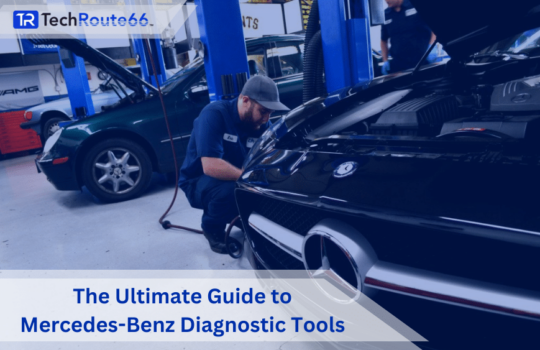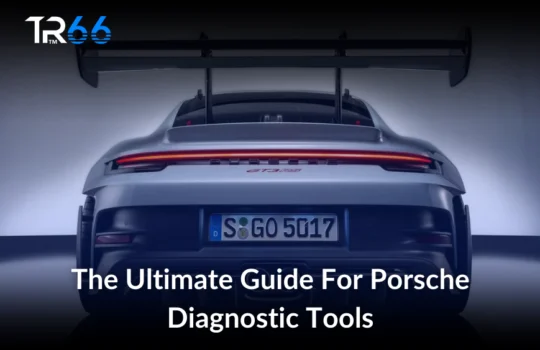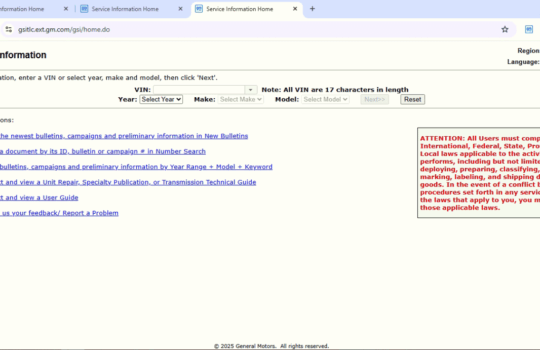Introduction
BMW owners understand the importance of precision when it comes to maintaining their vehicles. Whether you’re a professional mechanic or an avid BMW enthusiast, having the best diagnostic tools is key to keeping your car in optimal condition. In this guide, we’ll explore everything you need to know about choosing the right diagnostic tools for BMW, from basic OBD2 scanners to advanced BMW-Specific Diagnostic Tools.
Understanding BMW Diagnostic Tools
BMW diagnostic tools are specialized devices designed to interface with your car’s unique systems. Unlike generic OBD2 scanners, these tools can access BMW-specific data, allowing for accurate diagnostics and advanced functions like coding and programming. They are essential for anyone serious about maintaining their BMW.
Why You Need a BMW-Specific Diagnostic Tool
While generic OBD2 scanners can be useful, they often fall short when it comes to BMWs. BMW-specific tools can read fault codes that are unique to these vehicles, reset service indicators, and perform advanced diagnostics that are crucial for proper maintenance.
Types of BMW Diagnostic Tools
There are various types of diagnostic tools available for BMWs, each with specific functions. The best tool for you will depend on your needs and level of experience.
1. OBD2 Scanners
OBD2 scanners are basic diagnostic tools that plug into your car’s OBD2 port. They are used to read fault codes related to the engine, transmission, and emissions systems. While they are essential for quick diagnostics, their capabilities are limited compared to BMW-specific tools.
2. BMW-Specific Diagnostic Tools
These tools are designed exclusively for BMWs and can access the car’s proprietary systems. They allow you to read BMW-specific fault codes, reset service lights, and perform more detailed diagnostics than a generic OBD2 scanner.
Ready to take your BMW maintenance to the next level? Explore our BMW Diagnostic Kit [Toughbook + ICOM Next + ISTA D + E-sys + INPA+ EDIABAS + PSdZ Data 4.33.31 Full] for comprehensive diagnostics and coding capabilities. [Shop Now!]
3. Coding and Programming Tools
If you’re interested in modifying your BMW’s settings or programming new keys, coding and programming tools are what you need. These tools let you customize various aspects of your vehicle, from the dashboard display to the behavior of the lights.
Top BMW Diagnostic Tools on the Market
With so many options available, choosing the right diagnostic tool can be overwhelming. Below, we’ve reviewed some of the best tools on the market to help you make an informed decision.
1. Carly for BMW
Carly is a top choice among BMW owners due to its easy-to-use interface and extensive functionality. It allows you to read fault codes, reset service lights, and code new features into your car.
2. Foxwell NT510 Elite for BMW
The Foxwell NT510 Elite is a handheld diagnostic tool tailored for BMW vehicles. It offers advanced diagnostics and service functions, making it ideal for both professionals and enthusiasts.
3. AUTOPHIX 7810
The AUTOPHIX 7810 is another excellent choice for BMW owners. It provides a wide range of diagnostic functions and is compatible with most BMW models from 1998 onwards.
How to Use BMW Diagnostic Tools
If you’re new to car maintenance, using a BMW diagnostic tool might seem intimidating. Here’s a simple guide to help you get started.
1. Connect the Tool
First, locate the OBD2 port under your dashboard on the driver’s side. Plug the diagnostic tool into this port with the car turned off.
2. Turn on the Ignition
Turn your key to the “on” position without starting the engine. This powers up the car’s systems, allowing the diagnostic tool to connect and communicate.
3. Run a Diagnostic Scan
With the tool connected, run a diagnostic scan. The tool will retrieve fault codes from your BMW’s systems, helping you identify any issues.
4. Interpret the Results
The tool will display fault codes and, in some cases, a brief description of the problem. If the tool doesn’t provide explanations, you may need to look up the codes in a manual or online.
5. Clear the Codes (Optional)
If the fault codes are related to issues you’ve already resolved, you can clear them using the tool. This will reset the check engine light and clear the codes from your car’s memory.
Common Issues and Troubleshooting
Even with a high-quality diagnostic tool, you might encounter some issues when diagnosing your BMW. Here are some common problems and solutions.
1. Tool Not Communicating with Vehicle
If your tool isn’t communicating with your BMW, check the following:
- OBD2 Port: Ensure the tool is properly connected.
- Ignition: Make sure the ignition is in the “on” position.
- Compatibility: Verify that the tool is compatible with your BMW model.
2. Fault Codes Not Clearing
If fault codes aren’t clearing, there may still be an unresolved issue. Ensure the problem is fixed before trying to clear the codes again.
Advanced Tips for BMW Enthusiasts
For those looking to delve deeper into BMW diagnostics, here are some advanced tips.
1. Coding New Features
Many BMW diagnostic tools allow you to code new features into your vehicle. This can include enabling hidden features like folding mirrors, adjusting lighting settings, or even changing the dashboard layout.
Get the tools you need to code and customize your BMW—check out our [BMW EDIABAS Software] and unlock advanced coding features. [Purchase Now!]
2. Programming New Keys
Lost a key? Need a spare? Some diagnostic tools let you program new keys yourself, saving you time and money compared to visiting a dealership.
3. Performing Advanced Diagnostics
Advanced diagnostic tools offer in-depth information about your BMW’s systems, including real-time data and detailed reports. This is particularly useful for identifying intermittent issues that might not trigger a fault code.
For comprehensive diagnostics and advanced features, explore [BMW ISTA +]—your all-in-one solution for BMW maintenance. [Order Today!]
Conclusion
Selecting the right diagnostic tool for your BMW is vital for effective maintenance and long-term vehicle care. Whether you’re a professional mechanic or a dedicated DIYer, investing in a high-quality diagnostic tool will save you time, money, and hassle. Use this guide to find the perfect tool for your needs and take control of your BMW’s maintenance today.
Don’t forget to enhance your diagnostic capabilities with the latest [BMW PSdZ Data 4.33.31 Full]—essential for detailed diagnostics and coding. [Buy Now!]






